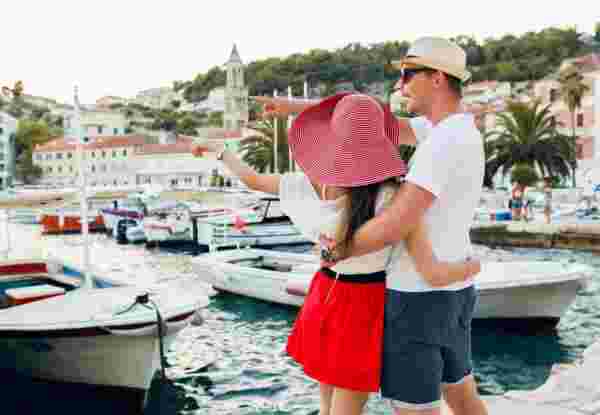Rhodes: Travel to the Island of the Knights

It is no coincidence that it is one of the flagships of Greek tourism. One of the most well-preserved medieval cities – a UNESCO monument – dozens of impressive beaches, important archeological sites, interesting inland and, of course, highly developed hotel infrastructure and intense life make Rhodes an ideal island for getaways of different styles. Lovers of luxury resorts, families on a vacation as well as those who want a mixture of relaxation, history and intense nightlife, fall in love with Rhodes!
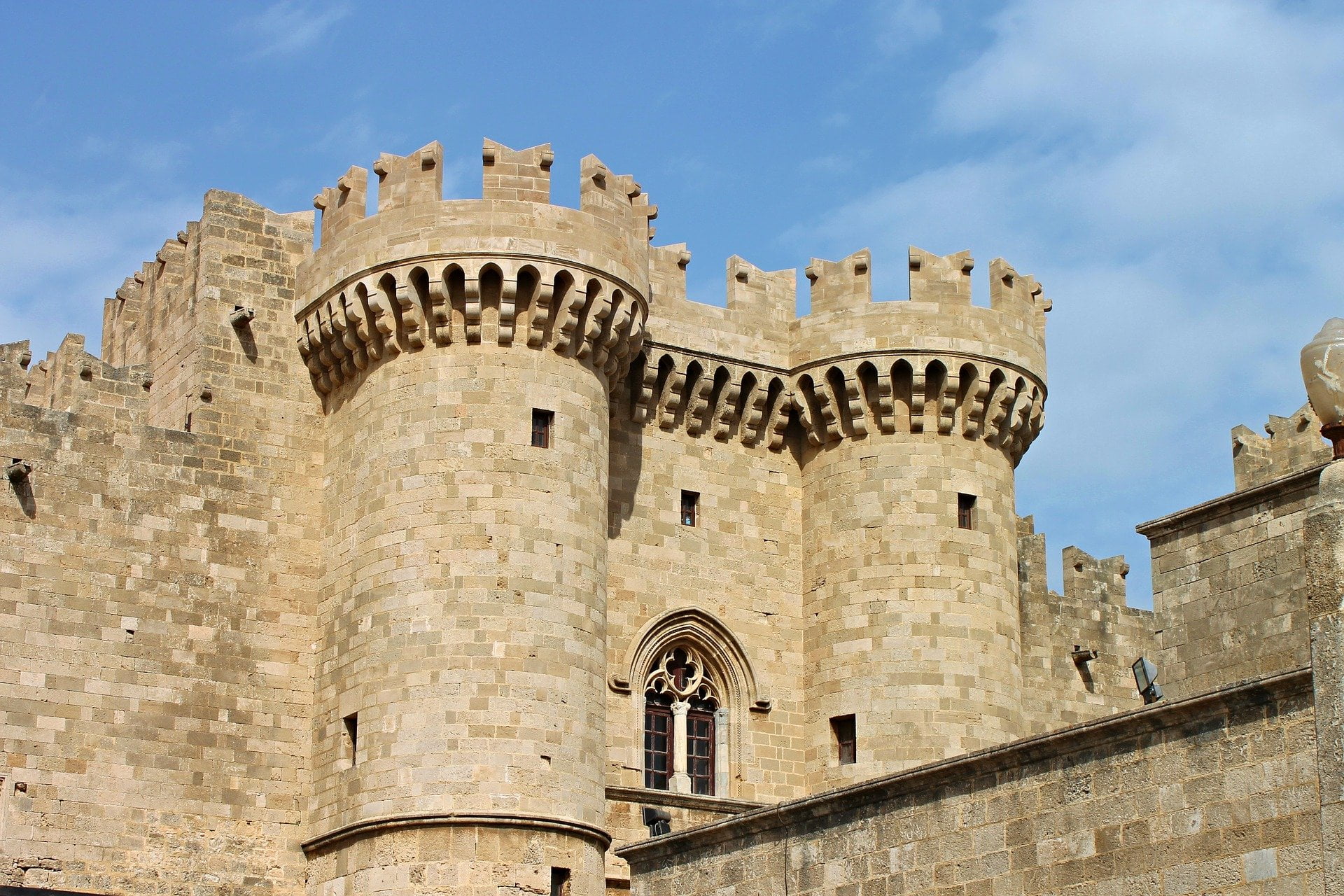
Grand Masters Palace Mandraki Rhodes
The medieval city will monopolize your walks with attractions and atmospheric restaurants and bars. Nevertheless, the most beautiful part of the new city is most definitely the seafront. It is worth spending at least one day in the second biggest town of the island, Lindos, with the citadel and the unique houses. The most popular accommodation bases are the seaside resorts near the city such as Ixia, Ialyssos, Kallithea, Faliraki. While in the south there are even less busy sandy beaches and “hidden” villages.
It is an ideal island for those who love car trips and sightseeing: from the Valley with the Butterflies and the Springs of Kallithea to the hill of Filerimos and Ancient Kamiro. Your attention, of course, deserves the most unknown to the inland that has many natural beauties and monuments of the Italian occupation. Also of interest are the villages of Kolimbia (25 km from the city) and Archangelos (28 km from the city): the first for its green and pebble beach and the second for the belief of the inhabitants in their traditions and language idiom (strongly reminiscent of Cyprus). Rhodes can be combined, finally, with day trips to the surrounding islands-satellites, such as Halki and Symi.

The Acropolis of Lindos
Which Villages and Attractions to visit in Rhodes
Medieval Town
Atmospheric and alive, it is a mosaic of ancient, medieval, Byzantine, Ottoman and Italian monuments. The most emblematic street is the Street of the Knights. While the main attractions are the Palace of the Grand Master, the Archaeological Museum at the Hospital of the Knights, the mosque of Suleiman, the church of Our Lady of the Castle, the Jewish Synagogue, the recent Ottoman Baths the Gallery of Modern Greek Art and the Center for Contemporary Art. Aristotelous Street and Hippocrates Square are classic meeting points.
Lindos
Very beautiful settlement, with the citadel at the top and “Cycladic” color. Trademark captain’s houses (many have been bought by foreign cosmopolitans and artists) with courtyards with hochlakia (pebble mosaics). It is worth visiting a captain’s house and admiring the wooden painted ceilings, the embroidered bench (bridal bed), the sofas and the walls decorated with linen dishes. A visit to the citadel is impressive just before sunset. Admire the ruins that illuminate the history of the city and the spectacular view.
Mandraki
A small port ideal for a walk and to admire the imposing buildings of the Italian occupation, which today house public services and the Municipal Theater. It is also worth visiting the famous aquarium or enjoying your coffee in one of the patisseries of the beach.
Rodini
Small valley-amusement park in the south of the city: plane trees, rhododendrons, willows and ponds compose an interesting ensemble for a walk.
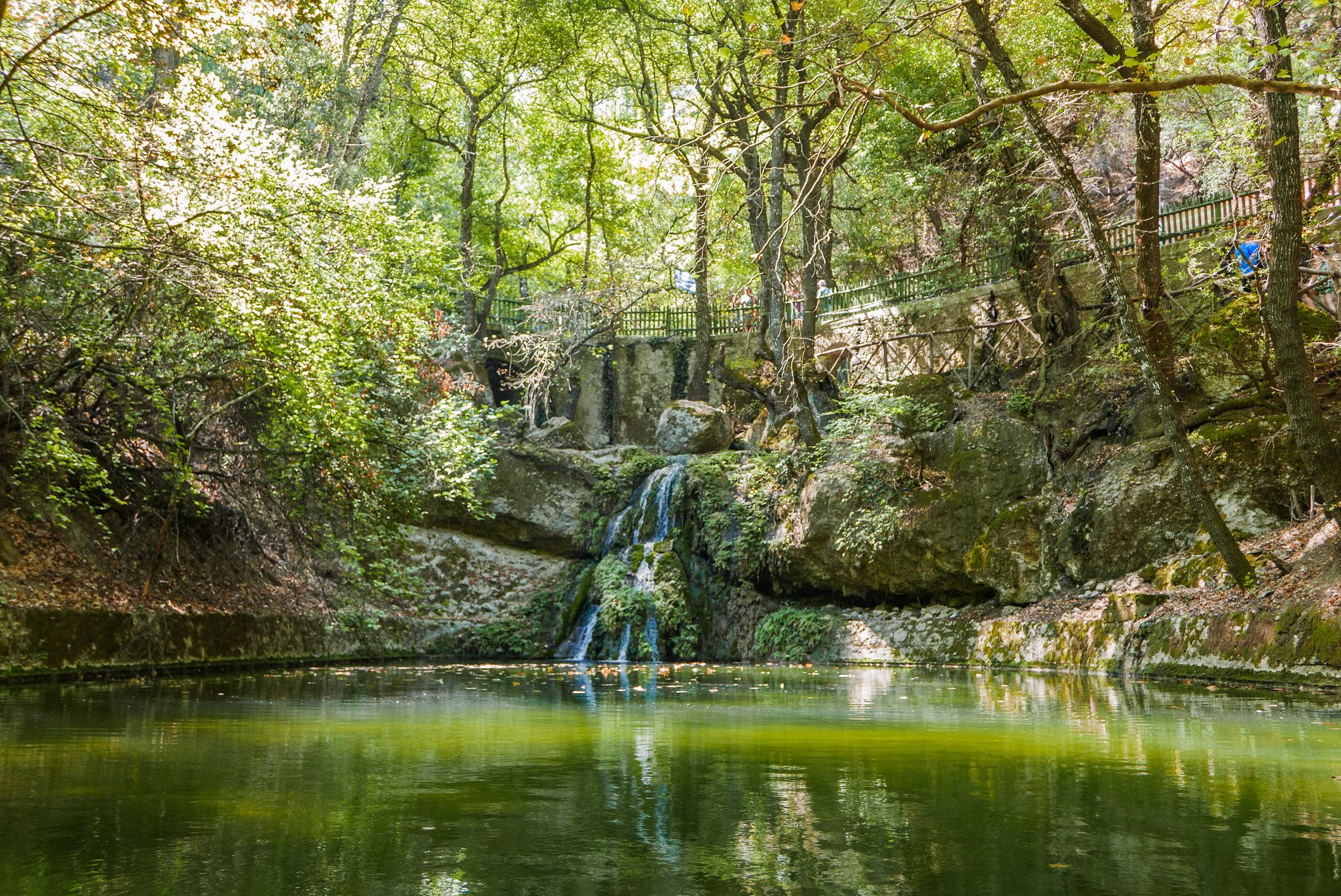
Butterfly ValleyPhoto Credit: Shadowgate
Monte Smith
With a wonderful view of the old and the new city, it is the fashionable district of Rhodes. You will enjoy the sunset and visit the ancient theater and the citadel.
Springs of Kallithea
The famous thermal springs of the interwar period, which are in the process of restoration, retain the glamor of the once cosmopolitan resort thanks to the vaulted buildings, the magnificent pebble mosaics, the arches and the atriums with the palm trees. In the center dominates the rotunda – its massive dome with its ornate decoration is impressive.
Filerimos
Classic tourist attraction on a hill in the northwest of the island. The monastery, the stepped road of Golgotha, the ruins of the citadel of Ialyssos, the Doric fountain and the paths compose an archeological park.
Butterflies Valley
Famous natural park, where thousands of butterflies appear from June to August. The scenery is amazing as the ponds and paths that cross the forest as well as the wooden bridges are everything you need for a cool walk.
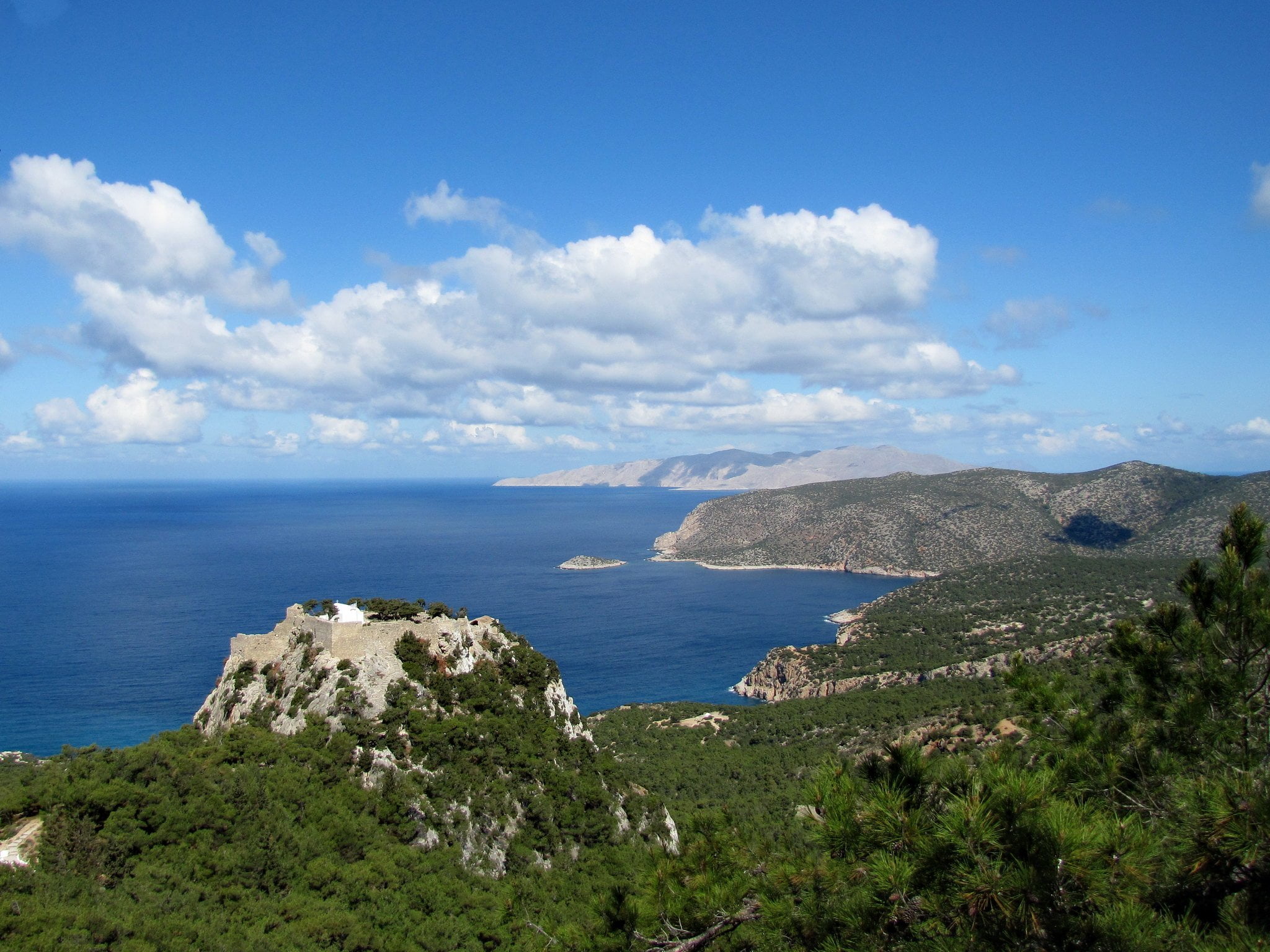
Monolithos CastlePhoto Credit: Luc Coekaerts
Seven Springs
Valley with springs of Italian occupation and intense vegetation, on the road to Archipolis. Nice idea for an excursion on hot days.
Prophet Elias
“Alpine” location at an altitude of 780 meters, with main attractions Elafos and Elafina. These two chalets built by the Italians before the war (for their officers) and then operated as hotels, and the imposing Villa de Vecchi.
Embonas
On the west side of the island, on the slopes of Ataviros. Primarily a grape village, it has several wineries. The traditional elements of the village do not justify the visit by themselves. However, they make a good combination with the wine and the butchers.
Monolithos
Small, cute village built amphitheatrically on the south part of the west coast of the island. Its main attraction is the medieval castle.
Vati
A small village with plenty of greenery – for those who prefer tourism without a cosmopolitan wrap – and few visitors. Suitable for hiking, with a few interesting taverns.
Lachania
Low white houses, blue glazed windows and carved stone gates compose a small village taken from a postcard. Many houses have already been bought by foreigners. Small tavern-cafes for guests without many requirements.
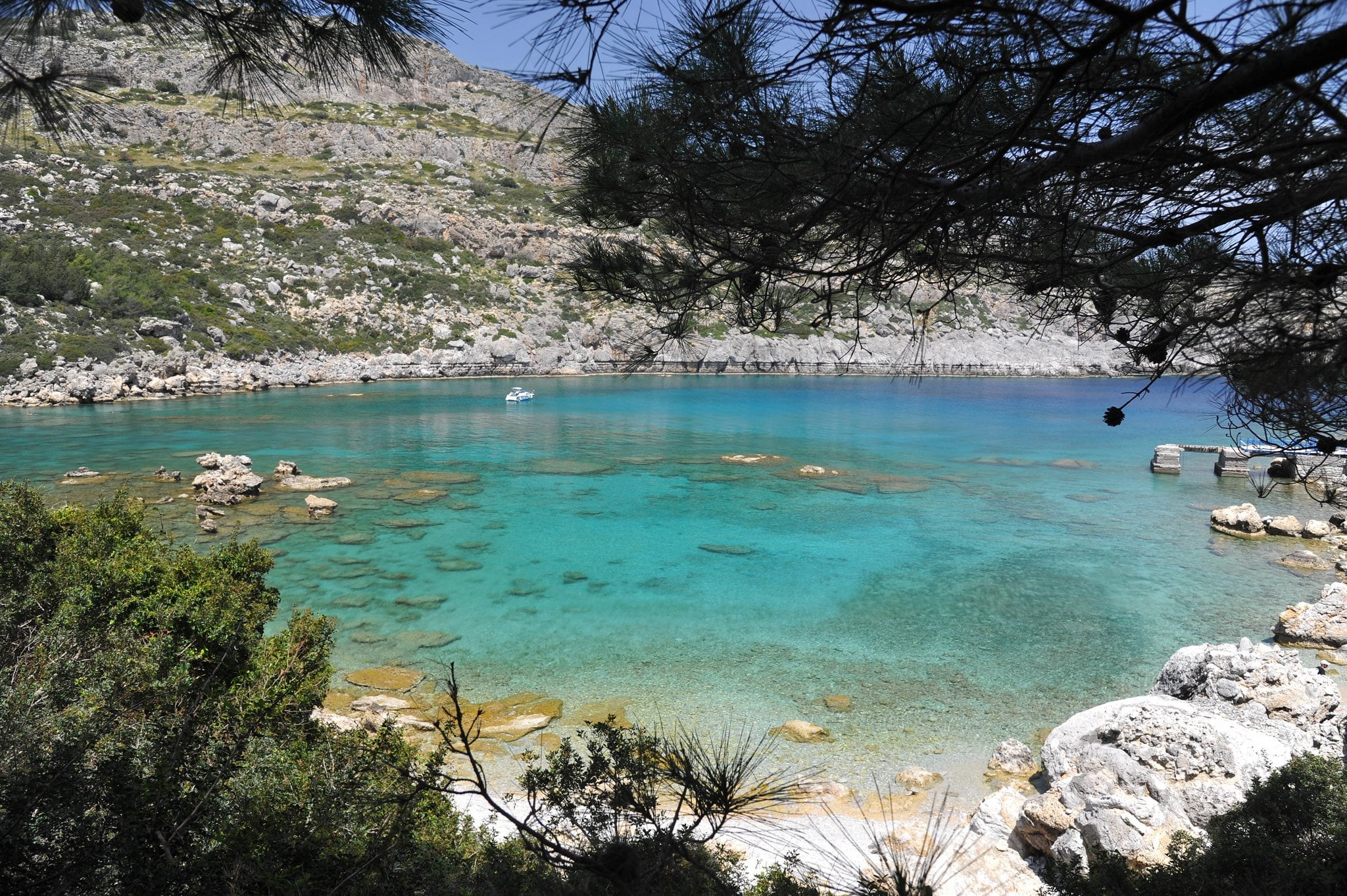
Anthony Quinn BeachPhoto Credit: Cristian Ghe.
Where to Swim
The most famous are located on the east coast. They are basically organized, with sunbeds and facilities.
Tsampika: large organized sandy beach. Go up the hill of the church with the amazing view.
Afandou: pebble, deep water and family profile
Ladiko: small and pebbled
Anthony Quinn: natural stone sunbeds, stands out because the famous star adored it when he was shooting the “The Guns of Navarone”
Agathi: small sandy beach with canteens
Kallithea: tiny consecutive beaches with canteens
To the north Ixia and Ialyssos are typical tourist beaches with large hotels. Be sure to dive further south to:
Kiotari: sandy and perfect for water sports
Glystra: known for its pebbles and pines
Prasonisi: located on the southernmost tip of the island. With a trademark of the homonymous islet and sandy beach that surfers love
In the area of Agios Pavlos and Gennadi you will also find pristine sandy beaches with dunes and cedars.

Fresh CatchPhoto Credit: Yuri Dedulin
The Cuisine of Rhodes
Ottoman Turks, Venetians, Franks, even the Italians, in the first half of the 20th century, left their mark on what we now call Rhodian flavors. Despite the tourist development that results in the reduction of agricultural and livestock production, many areas of the island retain their rural character. Rhodesian cuisine does not lack recipes based on fish and seafood (for example fried fish with oatmeal), nor of course the fine cheeses (hard, soft and semi-hard), which are produced mainly in mountain villages.
Moreover, many meat dishes such as goat on the pydia (narrow and tall clay hoop), chicken with oatmeal, spetzofai and chicken with Turkish delight (a type of pasta). Yahni shells and portulaca, baked pumpkin, zucchini meatballs, dolmadas with lentils on cyclamen leaves and lentils only from local recipes.
Finally, the variety of sweets is also inexhaustible! The melekounia (a type of pastel, offered at weddings and engagements), the psychopita offered at memorials, the ritseli (spoon dessert with must, dried figs, quince and watermelon peels) stand out.
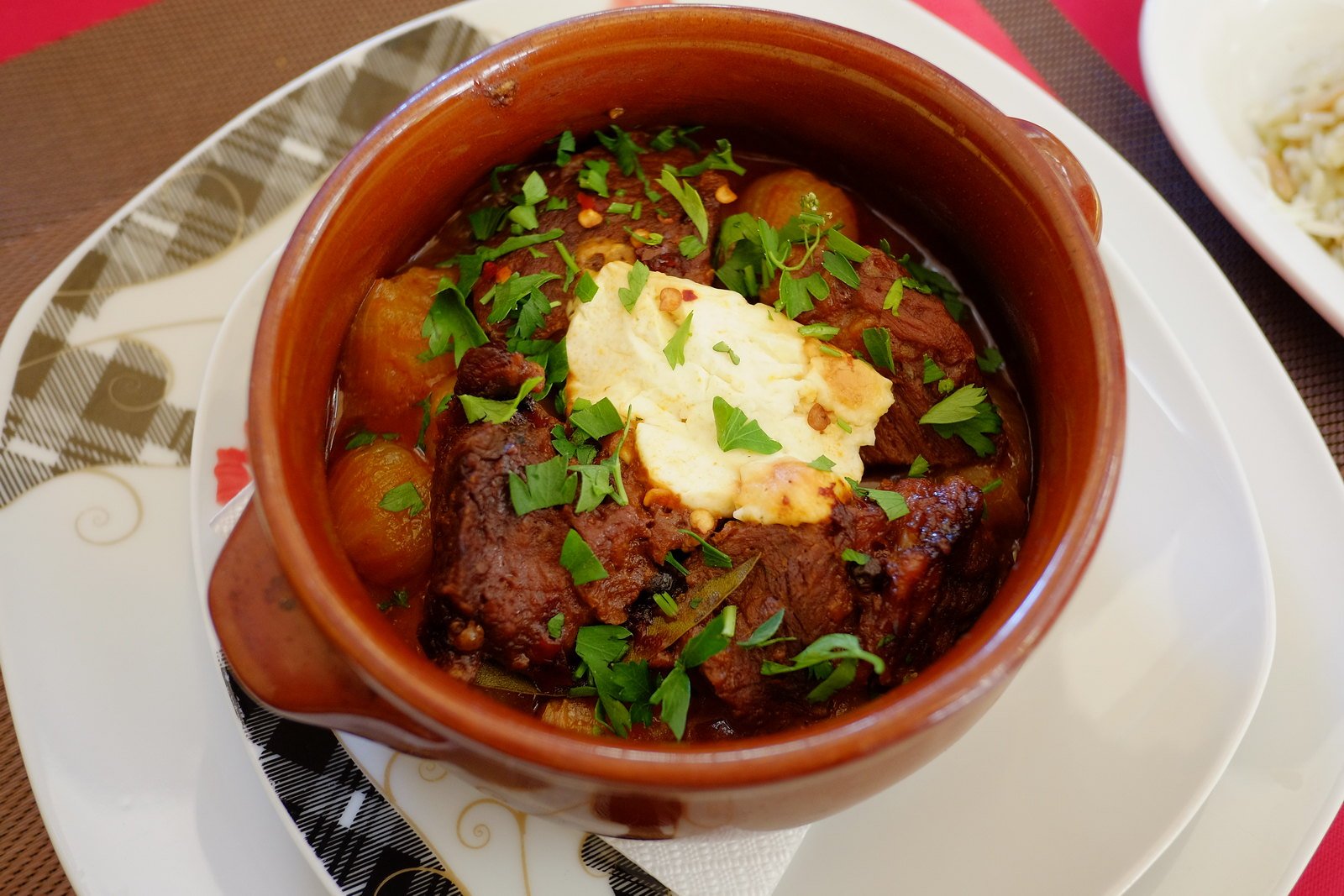
Traditional StifadoPhoto Credit: Bojan Okorn
Traditional tastes of Rhodes that you must try
Alefaskia: The favorite herb of the Rhodians, which is widely used to season meat or pastries.
Yastri porridge: Cooked together with greens in a very tasty garlic and simple casserole yahni.
Karavoloi: This is the name of the snails in Rhodes, which are usually made red with plenty of onions and cumin or oatmeal, as in Crete.
Melekouni: Looks like a pastel, but it is not exactly the same in taste and texture. The traditional sweet of the Rhodians for all the joyful events, such as engagements, weddings, births, baptisms, name days. It has a soft texture and aroma of orange peel, cinnamon and nutmeg. In the past, instead of a wedding invitation, they sent a small diamond-shaped piece of melekouni. They also offer it in the laying of the bridal bed and on the wedding day
Moschopougia: A very common sweet in the Dodecanese. It is essentially a festive dessert, filled with a mixture of nuts, nuts and spices.
Pitaroudia (chickpea meatballs): The puree from the boiled chickpeas is mixed with plenty of chopped mint, onions and a tomato to finally turn into a kind of “pseudo meatballs”, fried in hot oil.
Tahini pie: Tahini in the cuisine of Rhodes is popular in various preparations. For example as a sauce in fish or in various sweets and breads. Tahini pies are small pies which, after being baked, are spread with a mixture of tahini, sugar, cinnamon and cloves and rolled.
Contact us here and one of our experienced travel designers will get back to you create the perfect Rhodes itinerary for you!
Feeling Ready?
From our blog

Discover the Best Islands in Greece to Visit This Year

How much does a honeymoon in Greece cost?

The 17 Best places to visit in Greece – 2024 Rank

Honeymoon in Crete: The Ultimate 2024 Guide for a romantic getaway

Honeymoon in Athens, Greece: The Complete Guide for Lovers of the Greek Capital

Santorini honeymoon: The Complete guide for newlyweds

Honeymoon in Mykonos: What to do and Where to Stay

Island-hopping Greece: Here’s how to do it

When is the best time to visit Greece?
